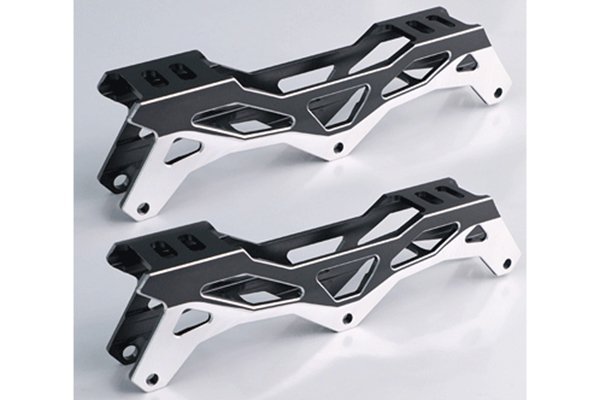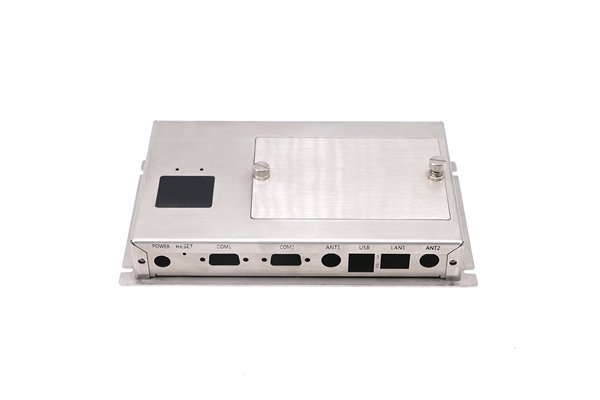—
Did you know that 70% of manufacturing companies experience at least one supply chain disruption per year? In the world of CNC (Computer Numerical Control) machining, where precision and timeliness are critical, understanding and managing supply chain risks is not just beneficial—it’s essential. As businesses increasingly rely on a global network of suppliers and manufacturers, the landscape of supply chain risk becomes more complex. This blog will guide you through the process of conducting a thorough supply chain risk assessment specifically tailored for CNC machining operations.
—
Before diving into the details of risk assessment, it’s crucial to comprehend why it matters. The CNC machining sector is characterized by high competitiveness and tight margins. Any disruption—be it from materials shortages, machine failures, or logistics bottlenecks—can significantly impact delivery times and, ultimately, customer satisfaction. In a world where customer demands shift rapidly and manufacturing accuracy must never falter, assessing these risks is paramount.
Section 1: Identifying Supply Chain Risks in CNC Machining
1.1 Types of Risks in CNC Machining Supply Chains
1.2 Tools for Identifying Risks
Section 2: Analyzing Risks
2.1 Quantitative vs. Qualitative Risk Analysis
Understanding the nature of each risk is crucial for analysis:
2.2 Risk Scenarios and Management
Creating risk scenarios helps anticipate potential disruptions. For instance, if a key supplier is located in an earthquake-prone area, what would the impact be if they were suddenly unable to deliver materials?
Section 3: Mitigating Identified Risks
3.1 Supplier Diversification

One of the most effective strategies for risk mitigation is to diversify your suppliers. Relying on a single source for materials can be risky. Instead, create relationships with multiple suppliers to ensure availability.
3.2 Inventory Management Practices
Adopting Just-in-Time (JIT) inventory practices can be beneficial, but they may not always be practical. In CNC machining, consider maintaining safety stock levels for critical components to buffer against supply chain disruptions.
3.3 Implementing Technology Solutions
Modern technology provides tools for enhancing supply chain visibility:
Section 4: Developing a Risk Management Plan
4.1 Creating a Risk Management Team
Establish a dedicated team responsible for managing supply chain risks. This team should include members from procurement, production, and logistics to ensure a holistic approach.
4.2 Training and Awareness
Continually educate stakeholders on the importance of supply chain risk management. Regular workshops and training can ensure that everyone understands their role in mitigating risks.
4.3 Monitoring and Reporting
Risk assessment is not a one-time activity. Regularly review your supply chain and assess the effectiveness of your risk management strategies. Create a dashboard to track risks and report on status regularly.
Section 5: The Role of Communication
5.1 Internal Communication
Establish clear communication lines within your organization. Ensuring that team members can quickly share information about disruptions is critical for immediate response.
5.2 Supplier and Customer Engagement
Strong relationships with suppliers and customers can help ensure a collaborative approach to risk management. Discuss potential risks and strategies openly to foster trust and understanding.
: Why Supply Chain Risk Assessment is Vital for CNC Machining
Conducting a supply chain risk assessment in CNC machining is not merely a necessity; it is a strategic advantage. In this blog, we’ve identified the various risks inherent to the CNC machining supply chain, explored analysis methods, and discussed mitigation strategies.
Christmas is approaching—if your supply chain is disrupted, your customers might be disappointed. Remember, proactive risk management can save both time and money, enhance your operational efficiency, and solidify your reputation in the manufacturing industry. As you implement these strategies, always revisit and refine your risk management approach. Being prepared today will ensure you’ll be able to respond to tomorrow’s challenges effectively.
Taking time to consider these risks is not just good practice; it’s essential for enduring success in the competitive field of CNC machining.






